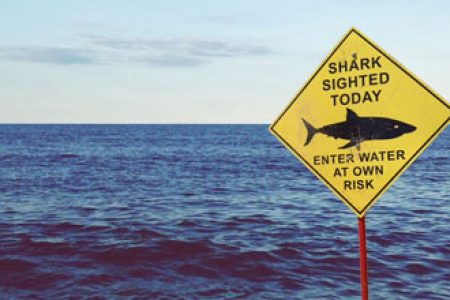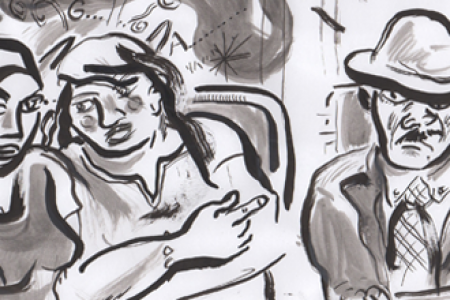Risk-taking in adolescence: where does the brain come into it?
Why do adolescents drive too fast, or without a helmet? And why do they take more risks when they are with their friends? Can we explain this by looking at adolescent brain development?
Adolescents take more risks than children or adults. Risks may include driving too fast, drinking too much alcohol, or engaging in unsafe sexual behavior. Most of this risk-taking behavior occurs in groups. At a party, for instance, adolescents may drink more than intended because their friends are doing it. Why do adolescents have a heightened propensity to take risks and can we explain this behavior from a neural perspective?
Risk-taking is most likely linked to reward sensitivity. Research shows that adolescents report more sensitivity to rewards than adults. At the neural level it has been hypothesized that the reward areas in the adolescent brain respond differently to rewards than do those of children or adults. However, the directionality of the effects has been subject to debate. Some studies have found overactivation of reward areas, whereas other studies have found underactivation.
In a recent study we investigated reward-related responses in the brain when children, adolescents, and adults took part in a game in which they could win or lose money. Participants were lying in an MRI scanner when participating in this game, allowing us to monitor brain responses to winning and losing. Sometimes they won or lost for themselves, but they could also win or lose for their best friend, or for someone they disliked. In this study, we scanned 300 participants, whose ages spanned the whole range from childhood to adulthood.
We found that reward-related areas in the brain are more active during adolescence than in childhood and adulthood. This means that when adolescents receive a reward such as money during an experiment, the reward areas respond highly. However, the reward area of adolescents is not always hyperactive. When winning for a friend the activation in the reward area is similar to when winning for oneself, but when winning for a disliked other the reward areas are not active. This shows that neural activation to rewards is modulated by social context. These findings are in line with previous research that showed that when peers are present adolescents take more risks in a driving game and show more activation in the striatum than when peers are not present.
Exactly how the interplay between neural activation, reward sensitivity, and peer influence results in risk-taking behavior is not yet known. This should be investigated further in future research.





